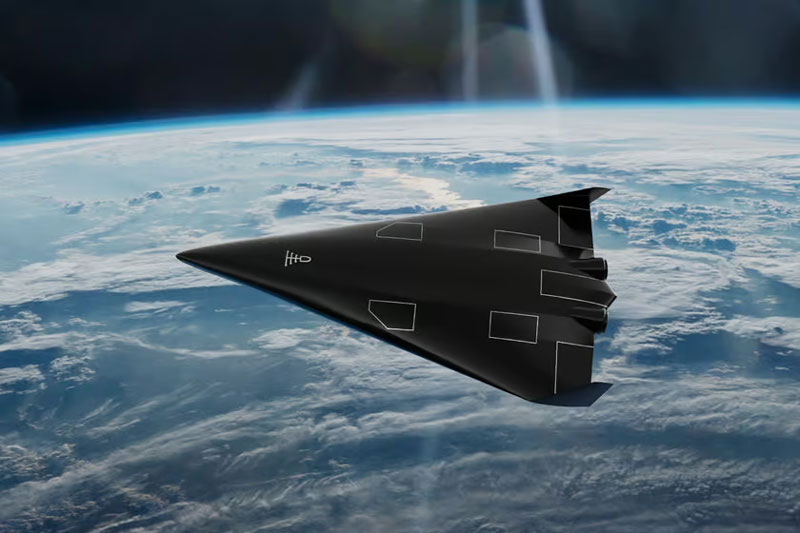On October 29, 2024, over the Baltic Sea, the German startup Polaris Raumflugzeuge conducted a test flight of a large-scale prototype of the MIRA II aircraft with a wedge-shaped rocket engine on board. The engine turned on for only 3 seconds, but this was the world’s first test of the rocket engine in the air, and not in the laboratory. And it was successful.
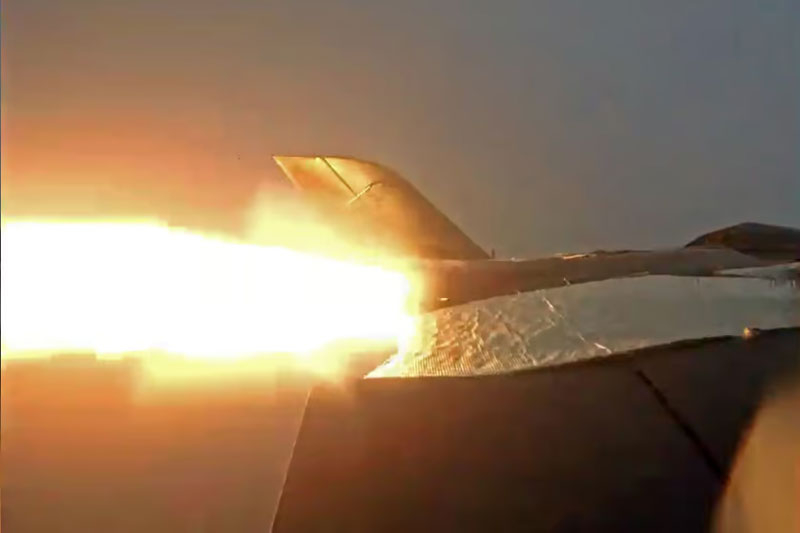
Image source: Polaris Raumflugzeuge
Wedge-air rocket engines (aerospike) were proposed about 70 years ago. They represent two connected halves of the bell – nozzles, while the second half of the nozzles is missing and its role is played by the incoming air flow. Due to this, the average efficiency of rocket engines (nozzles) is achieved at all altitudes. Otherwise, the curvature of the nozzles should be different for each altitude, which means a multi-stage rocket design, with its own nozzle for the atmosphere and its own for airless space. LDCs are ideal for spaceplanes for which a stepped design is not suitable.
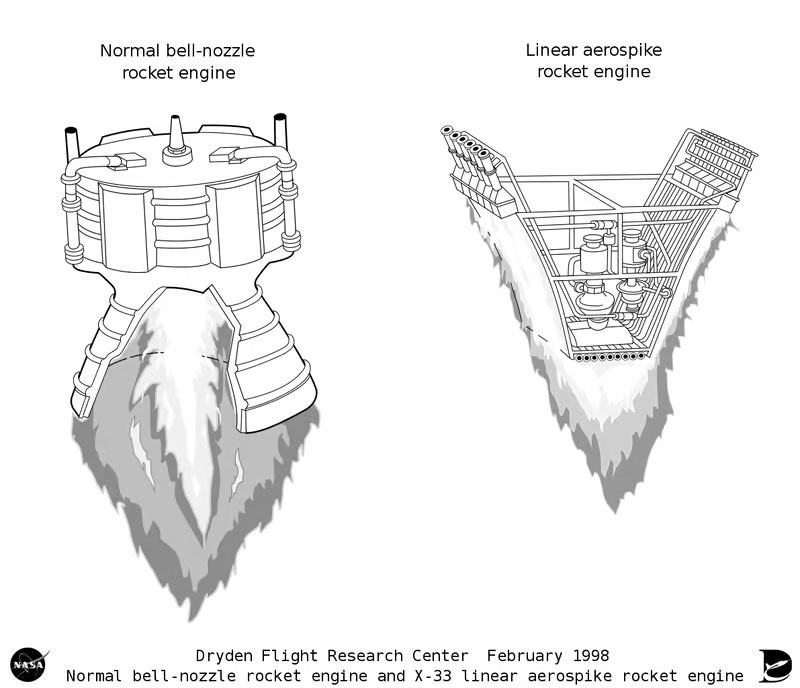
The startup Polaris Raumflugzeuge was able to conclude a contract with the Federal Office for Equipment, Information Technology and Technical Support of the Bundeswehr (BAAINBw) for the development and creation of spaceplanes with wedge-propelled rocket engines. Before the 2000s, there were several attempts to create working prototypes, but they all failed. RDCs are more complex in production, control and cooling. Before the advent of modern materials and control systems, they were inferior to traditional rocket engines in both cost and reliability.
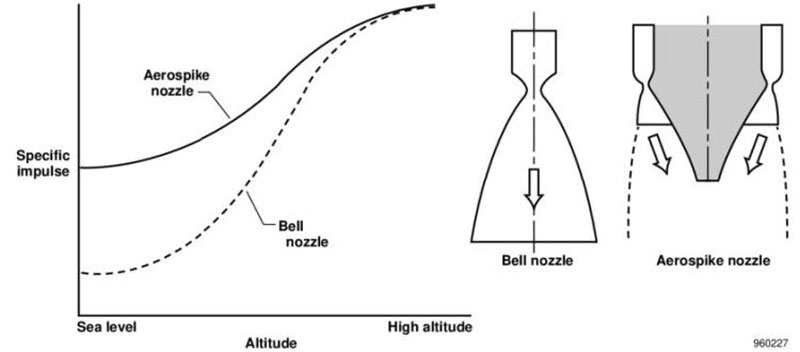
German startup Polaris Raumflugzeuge attempted the first test flight of the small-scale, 4.5-meter-long MIRA I prototype powered by a turbojet engine this summer, but the prototype capsized and burned before it even took off. Instead, the company produced two 5-m prototypes: MIRA II and MIRA III. In the twentieth of October, MIRA II made several test flights on four kerosene turbojet engines, which are still the main ones for the model. And on October 29, for the first time, a linear wedge-air rocket engine powered by a fuel mixture of liquid oxygen and kerosene was launched in the air for 3 seconds. This test was the world’s first launch of a rocket launcher in the air.
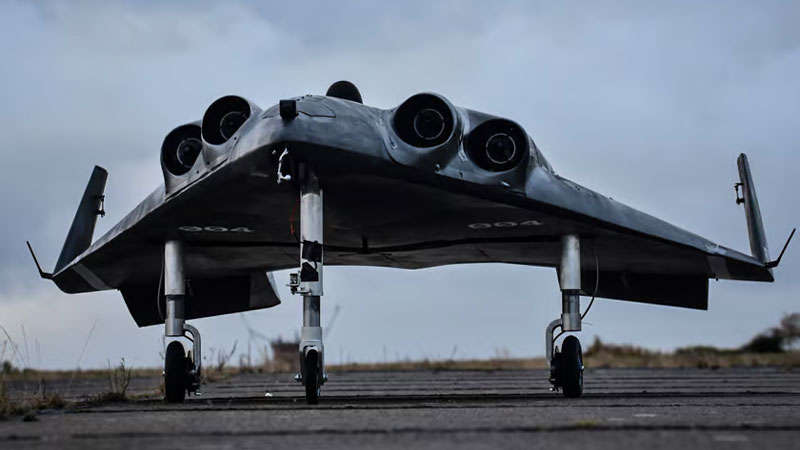
Prototype MIRA I
Following the 5th MIRA II and III prototypes, the company promises to build the 8th Nova prototype. After testing Nova, the creation of a full-size reusable spaceplane, Aurora, will begin.
